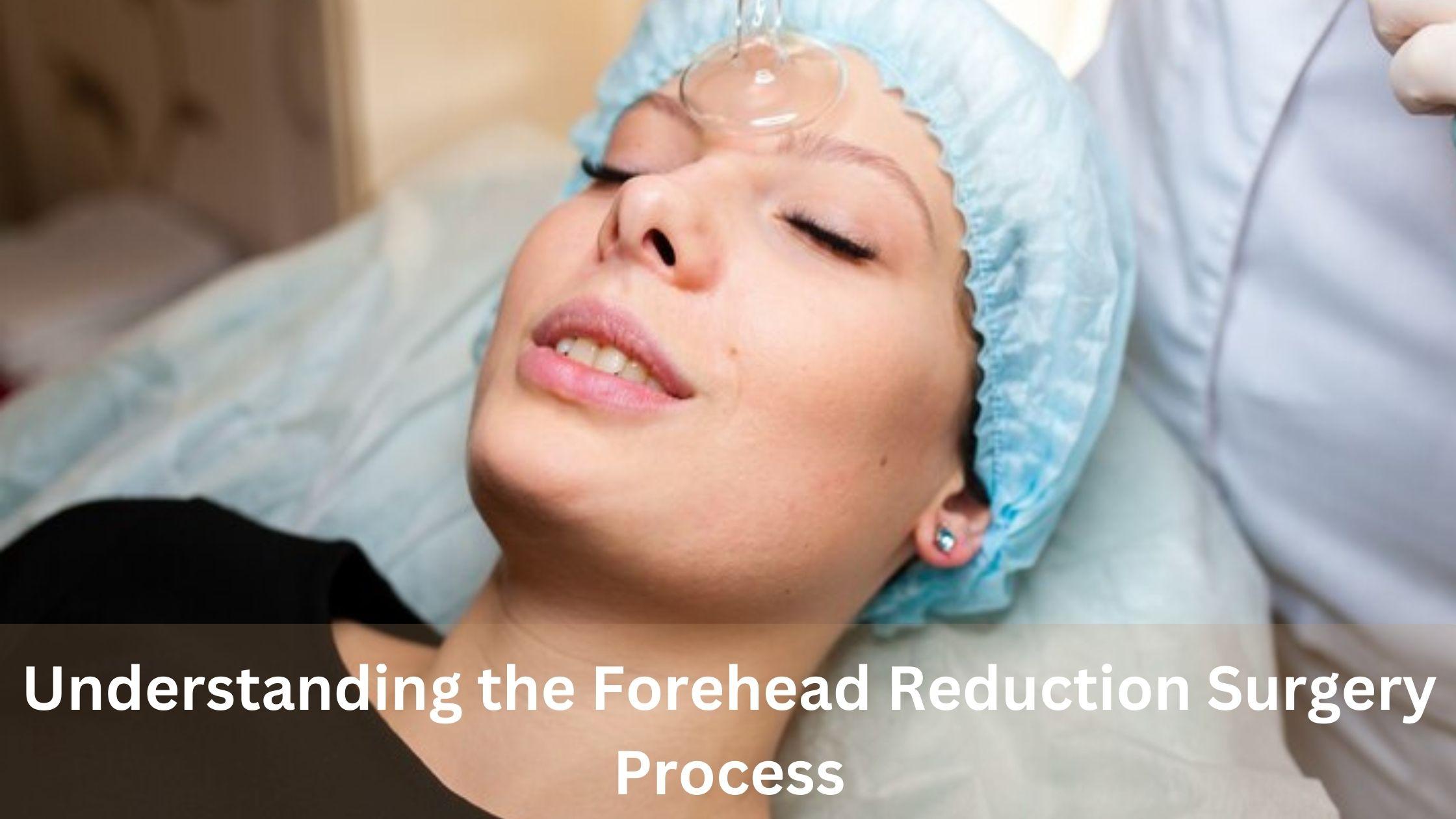Understanding the Forehead Reduction Surgery Process

Forehead reduction surgery, alternatively called hairline lowering surgery, aims to reduce the measurement of the forehead by advancing the hairline through a cosmetic procedure. This surgery can significantly enhance facial harmony and boost self-confidence for those who feel their forehead is disproportionately large. This comprehensive guide will explore the forehead reduction surgery process, including its benefits, the steps involved, and what to expect during recovery. Furthermore, we'll cover commonly asked questions to ensure a comprehensive grasp of the process.
The Benefits of Forehead Reduction Surgery
Forehead reduction surgery offers several aesthetic and psychological benefits:
1. Enhanced Facial Proportions: By lowering the hairline, this surgery can create a more balanced and proportionate facial appearance, reducing the perceived size of the forehead.
2. Improved Self-Confidence: Many individuals who undergo this surgery report a significant boost in self-esteem and confidence, feeling more comfortable with their overall look.
3. Permanent Results: Unlike some cosmetic treatments, forehead reduction surgery provides long-lasting results, ensuring the benefits are maintained over time.
4. Versatility: This procedure can be paired with other cosmetic surgeries like brow lifts or hair transplants to achieve a more holistic facial rejuvenation.
The Forehead Reduction Surgery Process
The process of forehead reduction surgery includes several essential steps aimed at achieving optimal outcomes and ensuring patient safety:
1. Consultation: In this session, the surgeon will evaluate your facial structure, discuss your goals, and determine if you qualify for the procedure.
2. Preoperative Preparation: Before the surgery, you may need to undergo medical evaluations and adhere to specific instructions. These include abstaining from certain medications and quitting smoking to optimize your health condition before the procedure.
3. Anesthesia: During the surgery, anesthesia will be administered to ensure your comfort. Depending on the complexity of the surgery and your preferences, this may involve local anesthesia with sedation or general anesthesia.
4. Incision and Hairline Advancement: The surgeon will make an incision along the natural hairline, carefully moving the scalp forward to lower the hairline. Excess forehead skin will be removed, and the incision will be closed with sutures.
5. Recovery and Aftercare: After the surgery, you must follow specific aftercare instructions to promote healing and minimize the risk of complications. This typically includes keeping the head elevated, avoiding strenuous activities, and attending follow-up appointments with your surgeon.
What to Expect During Recovery
Recovery from forehead reduction surgery involves several stages, each requiring careful attention to ensure a smooth and successful healing process:
1. Immediate Postoperative Period: Immediately after surgery, you may experience swelling, bruising, and discomfort around the forehead and hairline.
2. First Few Weeks: Keeping the surgical area clean and dry is essential during the first few weeks. Your surgeon may offer detailed guidance on caring for your incision and the appropriate time to return to regular activities.
3. Long-Term Healing: Full recovery from forehead reduction surgery can take several months. Over time, swelling will subside, and the incision lines will fade. Adhering to your surgeon's guidelines and attending follow-up appointments are crucial for optimal results.
Conclusion
Forehead reduction surgery is a transformative procedure that enhances facial harmony and boosts self-confidence for those with a disproportionately large forehead. Understanding the process is crucial for making an informed decision and achieving the desired results. By consulting with a qualified surgeon, preparing adequately, and following postoperative care instructions, patients can enjoy the long-lasting benefits of this cosmetic procedure.
FAQs about Forehead Reduction Surgery
1. Who is a good candidate for forehead reduction surgery?
Ideal candidates are individuals with a high hairline or large forehead and good overall health. A skilled surgeon must evaluate suitability, considering personal objectives and medical background.
2. What are the potential risks of forehead reduction surgery?
Like any surgical procedure, forehead reduction surgery involves risks such as infection, scarring, and altered sensation around the hairline. Selecting an experienced, board-certified surgeon can reduce these risks and help achieve the best possible results.
3. How long do the results of forehead reduction surgery last?
The results of forehead reduction surgery are permanent, providing long-lasting improvements in facial proportions. Following postoperative care instructions and maintaining a healthy lifestyle can help preserve the outcomes over time.

- Art
- Causes
- Best Offers
- Crafts
- Dance
- Drinks
- Film
- Fitness
- Food
- Spiele
- Festival
- Gardening
- Health
- Startseite
- Literature
- Music
- Networking
- Andere
- Party
- Religion
- Shopping
- Sports
- Theater
- Wellness



